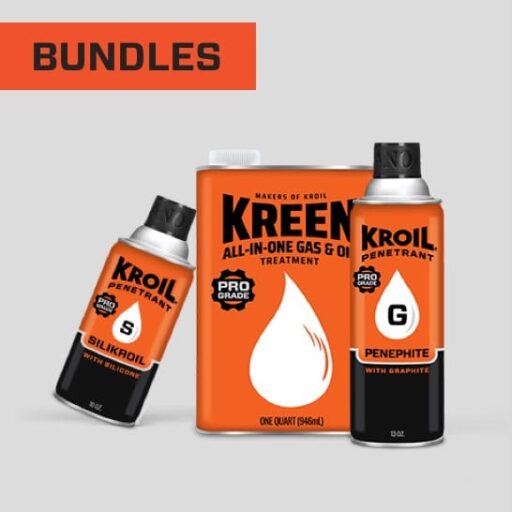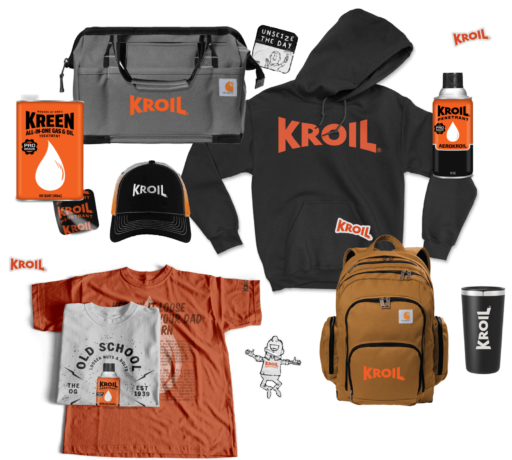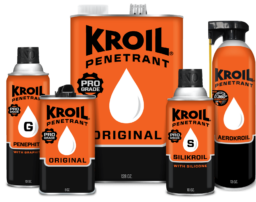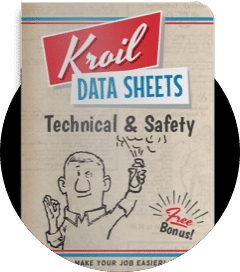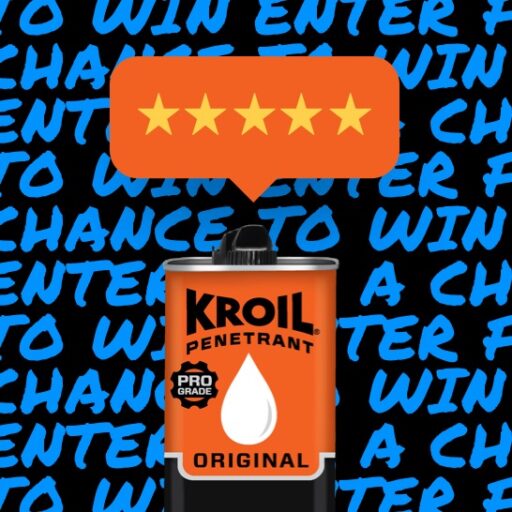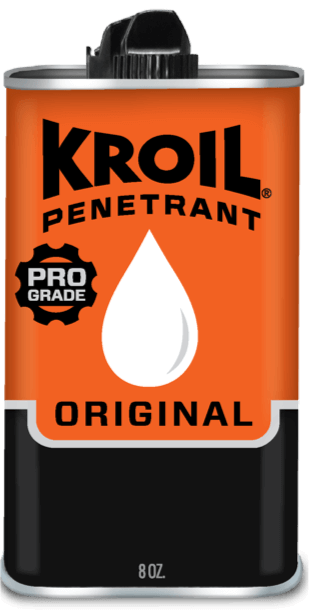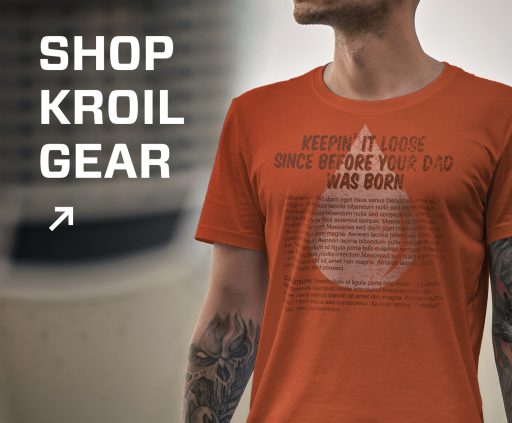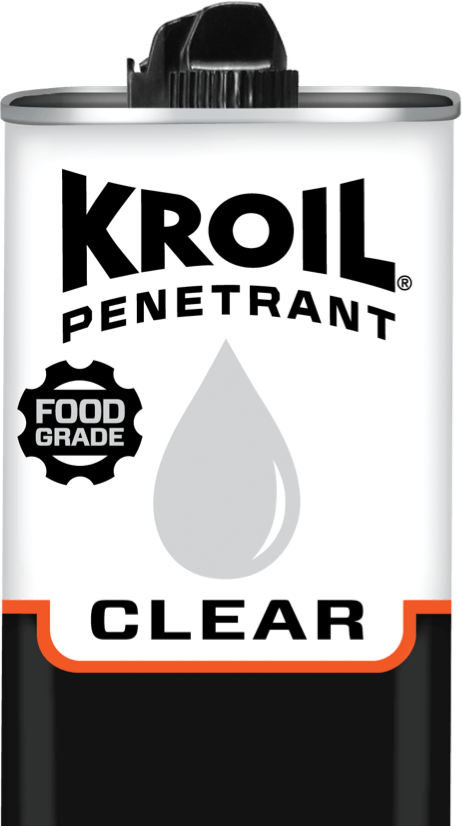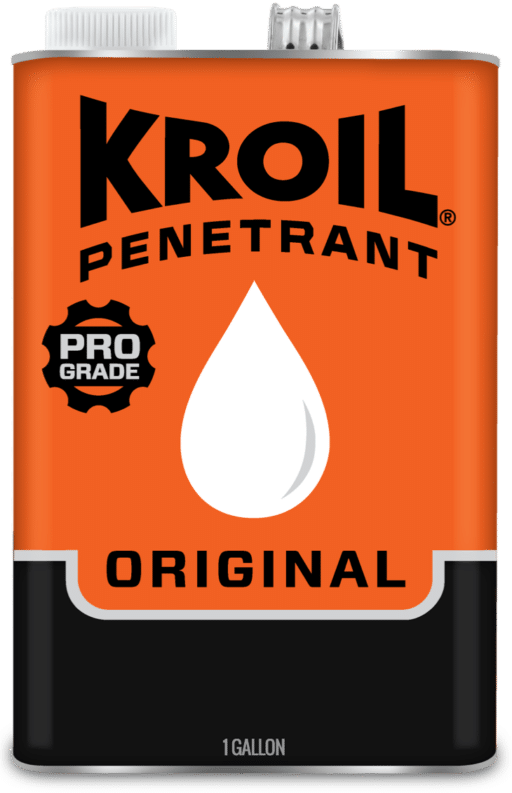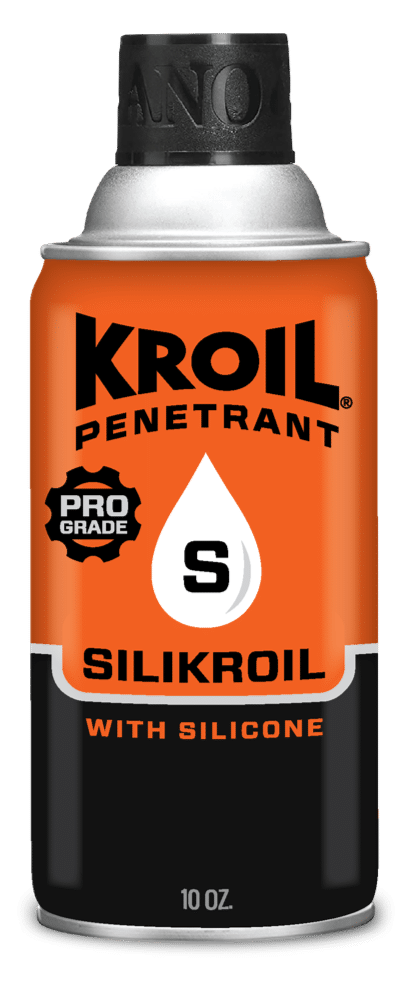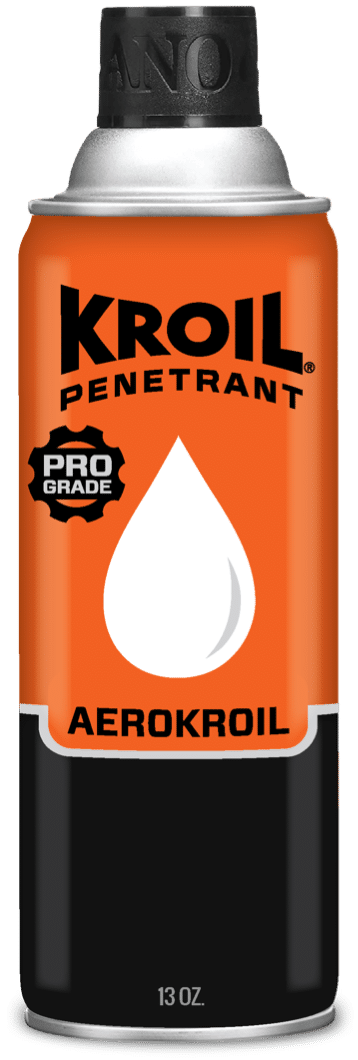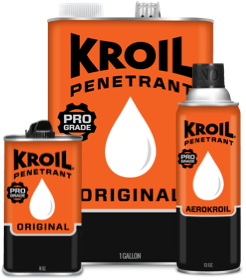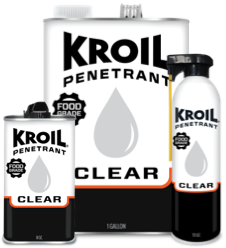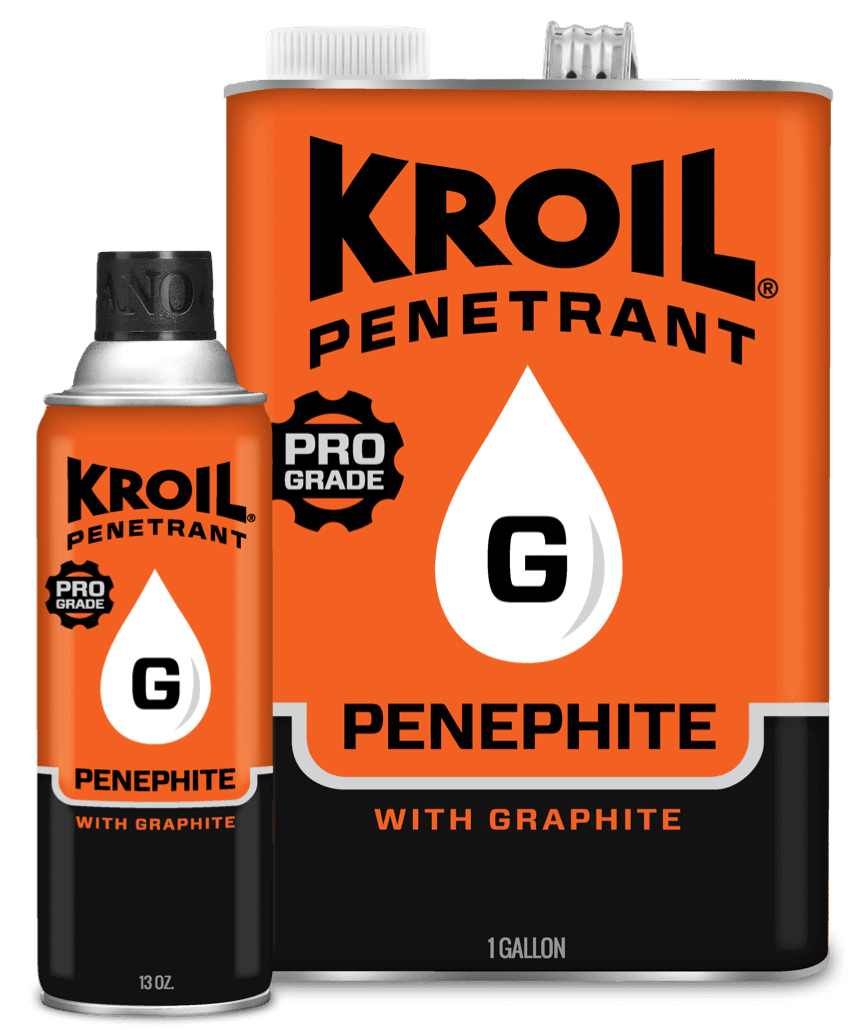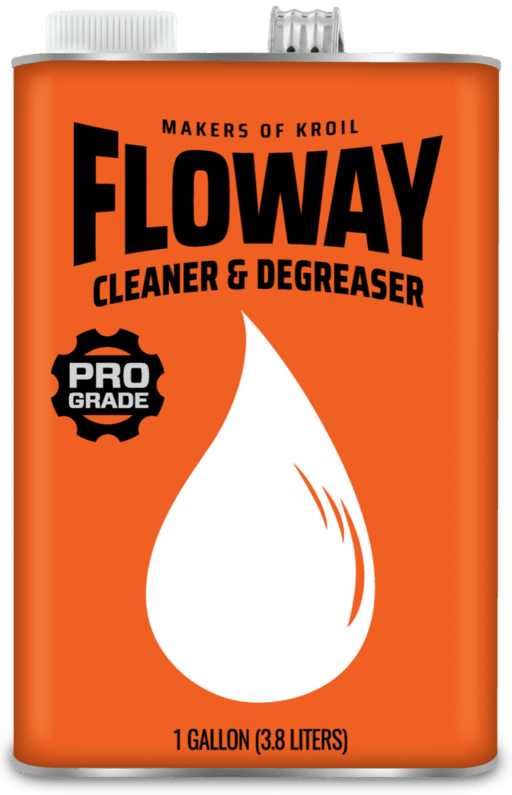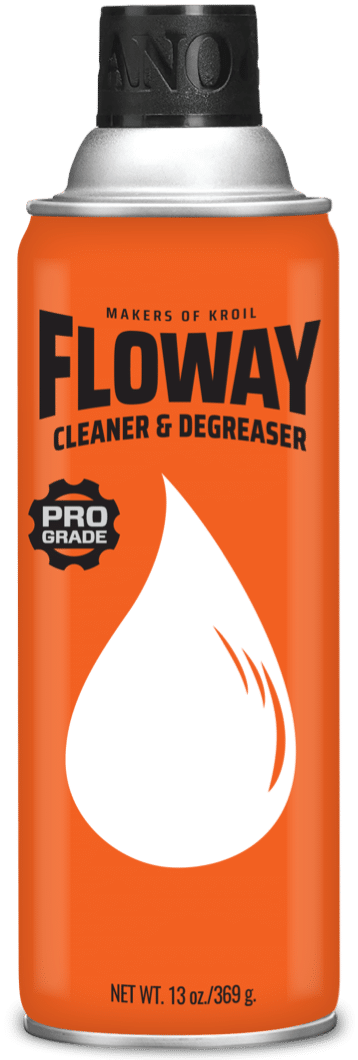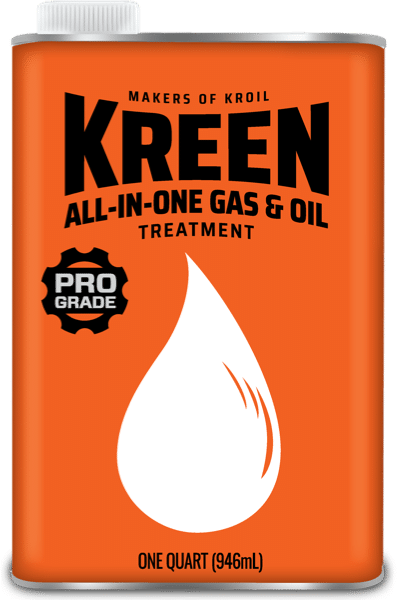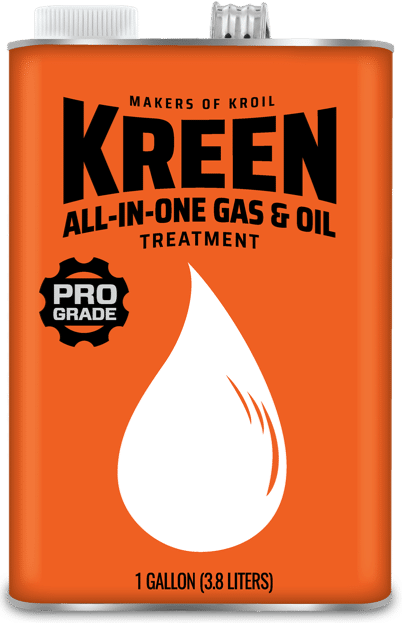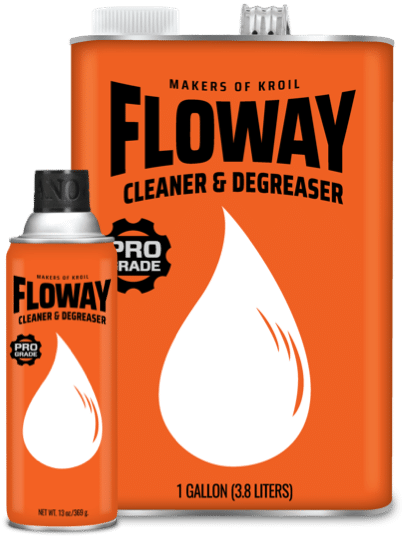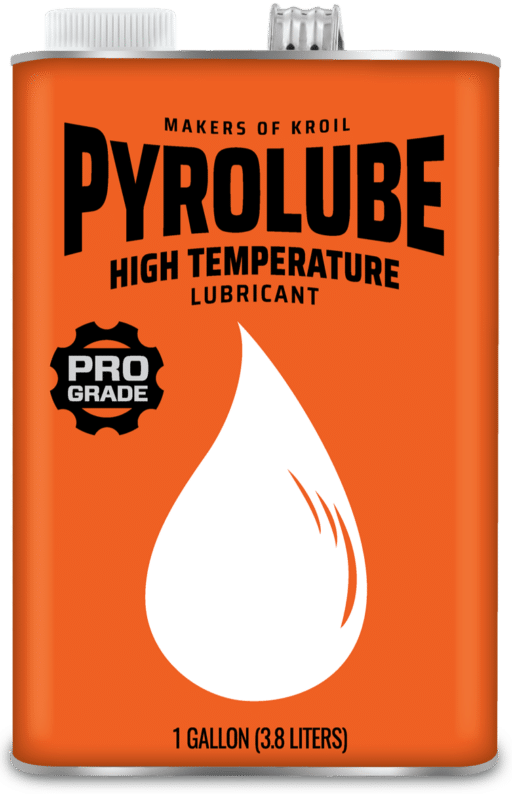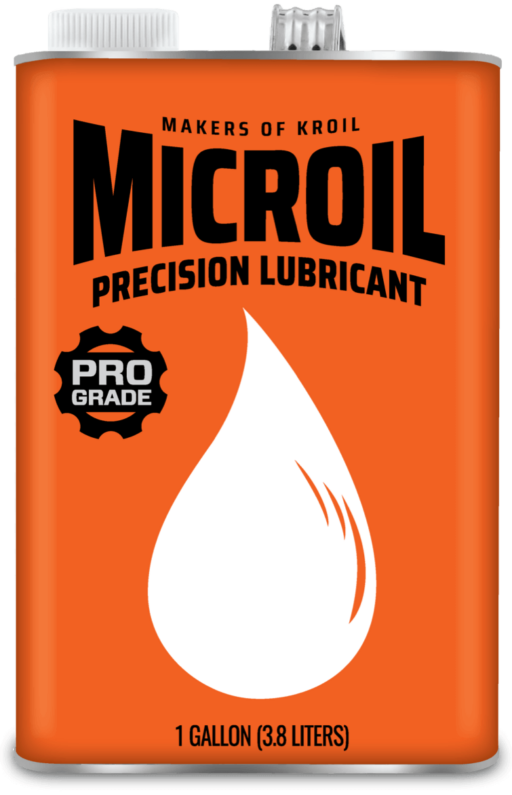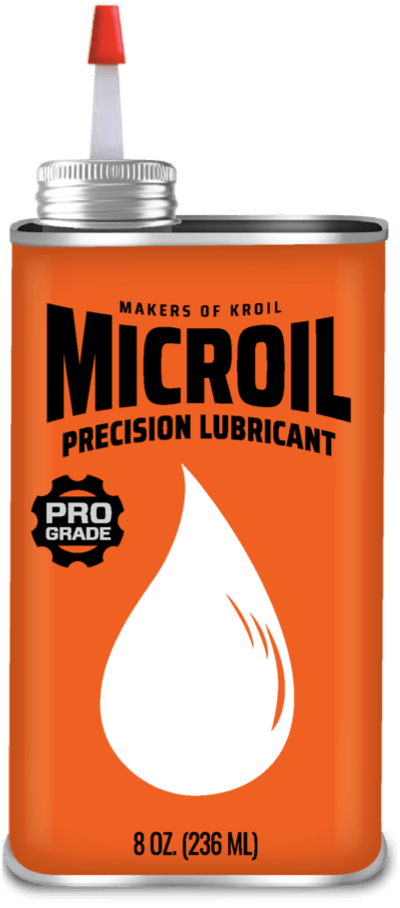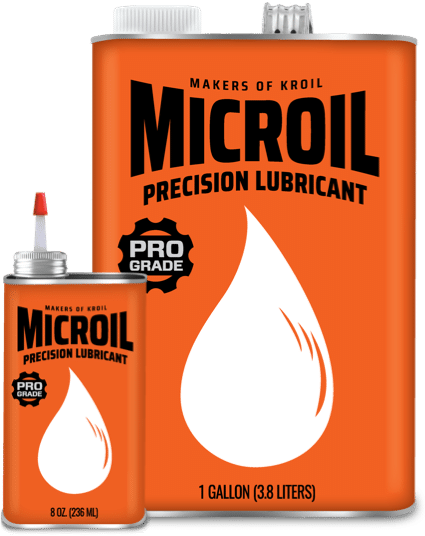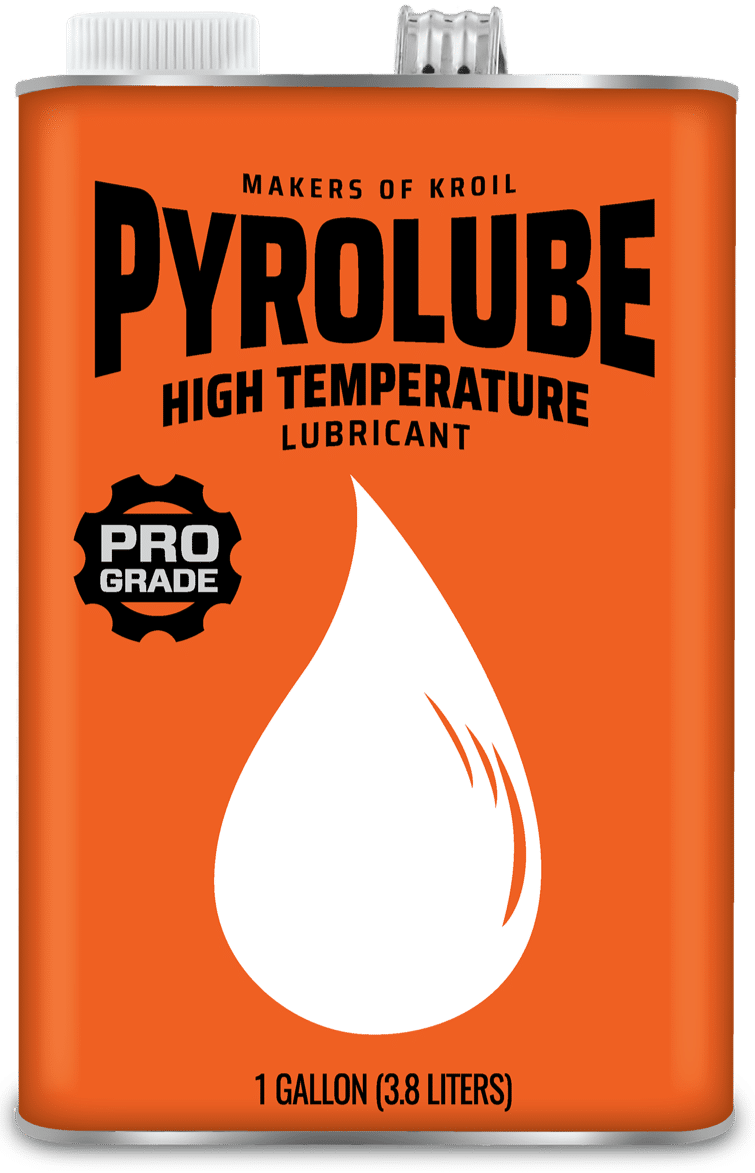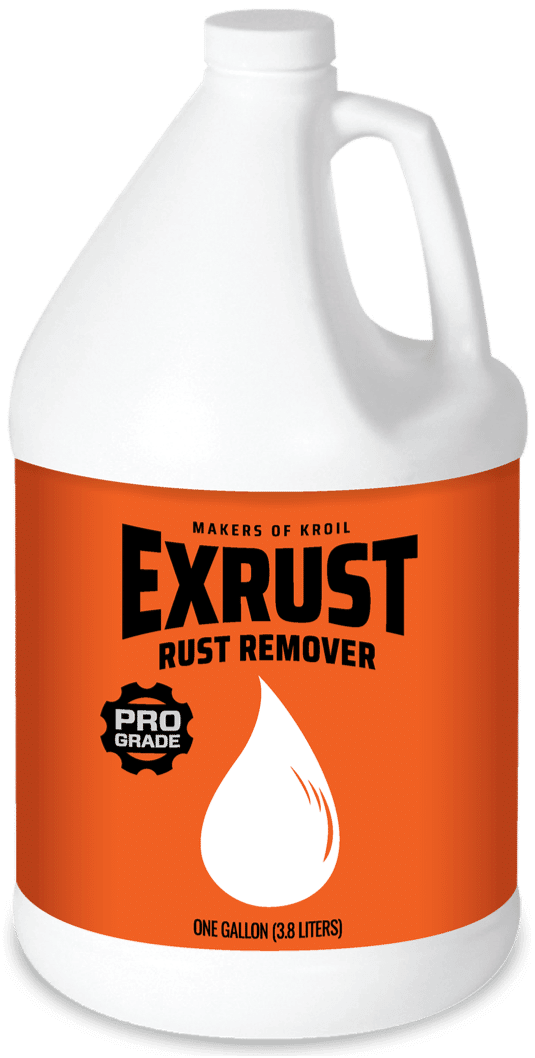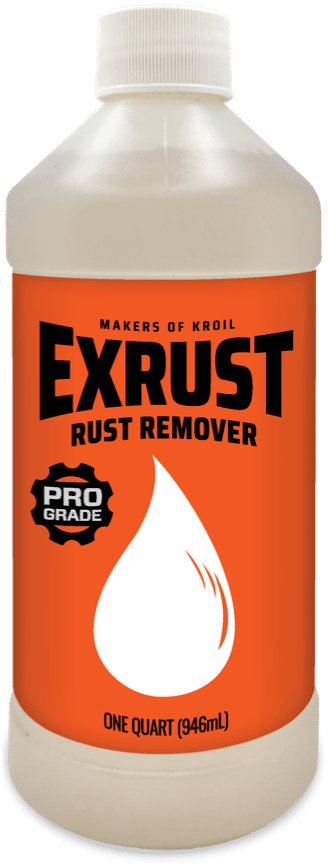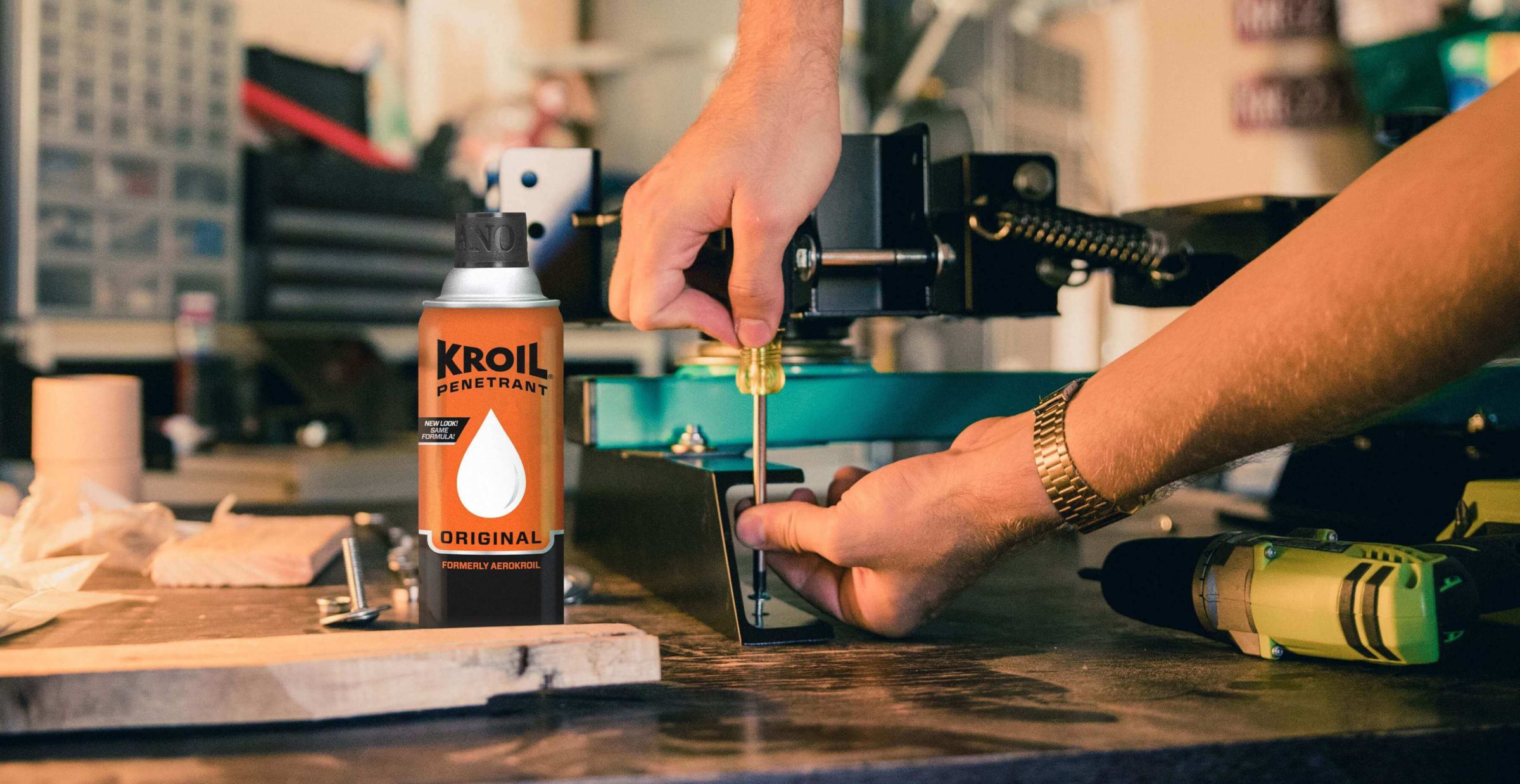
Choosing the Best Penetrating Oil
When you need a penetrating oil, it’s crucial to have the best. Any time you work with industrial or commercial equipment, there’s a chance that you’ll come across a rusted fastener, a stubborn bolt, screw or other parts that are jammed or refuse to move. Aging equipment often contains important components that start to rust or show signs of corrosion.
In this situation, it may seem nearly impossible to remove the components, which can lead to a frustrating maintenance repair job. However, there is a solution that can make the process much more manageable – penetrating oil.
What Penetrating Oils Do
Having a container of penetrating oil is helpful in all sorts of situations. It can lubricate all kinds of bolts and other fasteners, so they can be removed. The oil is also made to prevent metal parts from sticking against each other. This prevents them from corroding together and being unable to move as expected.
One of the best things you can have in your job tool kit is a quality penetrating oil. It will ensure you’re prepared and ready to deal with rusted parts, stuck nuts, and corroded bolts or screws. However, it’s also essential to choose the best penetrating oil to get the results you would like. This article will go over what goes into the top oil and explain what sets Kroil’s products apart.
The Difference Between Penetrating Oil and Lubricant
You may hear people talk about penetrating oils and lubricants as if they were the same thing. This isn’t entirely accurate. It’s essential to understand the difference because using the wrong product for a specific application can create issues. It may even result in equipment issues later.
Penetrating oil and other penetrating fluids are composed of extremely low-viscosity oil. This is done on purpose as the low viscosity makes it easier for the oil to get in between two close surfaces. It’s also excellent for loosening dried lubricants. Penetrating oils are typically best for freeing rusted and corroded mechanical parts. It can reach into narrow spaces and get rid of rust and corrosion.
It’s best to avoid using a penetrating oil as an all-purpose lubricant. The mixture consists of oil and solvent. It’s very thin and will not provide the required lubricant properties.
In contrast to penetrating oil, a lubricant is either a semi-solid substance or a high-viscosity fluid with a tremendous amount of oil. The most common purpose of a lubricant is to prevent and reduce friction between moving surfaces that touch each other. When choosing a grease lubricant, it will often be composed of about 85% oil and 15% additives and thickeners.
Benefits of Using the Best Penetrating Oil – Penetrates Rust and Corrosion
Penetrating oil offers various benefits for those who work on industrial equipment and other items with moving parts. For instance, it can help remove rust on parts, free stuck nuts, and offers a higher level of performance than other options. However, there are a few things we want to showcase to give you an idea of the importance of this substance.
- Loosen Stuck Parts – Of course, this is the main reason that most people opt to buy penetrating oils. They have bolts, nuts, screws, or other pieces that have rusted so much that they can’t be removed safely with force. You don’t want to damage the surrounding metal or components, so penetrants are the best options.
- Lubrication – While the lubricating effects are temporary, penetrating oil can offer some lubrication to mechanical components. Some of the best penetrating oils have additives in their mixture that make them designed to work better for lubrication. The oil is made for reducing friction and can loosen tight nuts and bolts and remove frozen parts.
- Resistance to Corrosion – The primary purpose of penetrating oils like those from Kroil is to loosen seized or corroded parts. Anyone who works with metal will know that corrosion is a significant concern when building mechanical parts. Penetrating oil has a specific formula that displaces moisture, which is a large part of why items can start to rust and experience corrosion.
- Cleaning Option – Many of the available penetrating oils on the market can be used for cleaning. They are typically used in the removal of adhesives, tars, rust, and greases. Penetrating oil acts as a solvent and will help break down contaminants until their removal is a simple process that can be done with a wipe, cloth, or light abrasive.
- Noise Reduction – Noisy industrial equipment or commercial vehicles; penetrating oil is an excellent option for solving the problem. It can also stop screeching and otherwise prevent noises from movable parts. This is done through the ability of the oil to reduce friction and rust.
Choosing the Right Type of Penetrating Oil
The many benefits of penetrating oil make it an excellent choice for all sorts of environments. It can be used in garages, aircrafts & agriculture and all kinds of other items that incorporate moving parts. However, when choosing a penetrating oil, there are several types to be aware of.
- Straight Oil – Straight oils are derived from petroleum oils and/or non-petroleum based oils and may be treated or untreated to a varying degree. They sometimes contain polar additives like extreme pressure (EP) additives including chlorine, sulfur, and phosphorus.
- Semi-Synthetic or Synthetic Penetrating Oil – Synthetic penetrating oils can be either created from fully synthetic or semi-synthetic substances, such as silicone, esters, polyglycol, diesters, or a combination of synthetic fluids and water. Compared to the other types of penetrating oils available on the market, these tend to be the most expensive. However, they also offer perks like being excellent coolants and resistant to fire.
- Emulsion and Water-Soluble Penetrating Oil – The defining feature of a water-soluble penetrating fluid is that it has much more water in its formula than the other versions. In addition, these oils can be diluted with water to create a concentration that is lower than 10%. This type of oil is typically used on specific materials that could experience damage when working with penetrating fluids that contain more chemicals.
When choosing the right penetrating oil, consider what it will be used for. One project might do better with the gentleness of emulsion oil, while another might need the added robustness found in a straight oil product. Many people who work on vehicles or other items with moving parts on a regular basis will have several penetrating oils available.
Top Features of Excellent Penetrating Oil
We’ve talked about what penetrating oil is, why you might use it, and what kinds you can choose from. However, it’s also important to know what the most critical features of this product are. This will help you compare different brands or products under the same brand to ensure you get the solution that works for your needs.
Viscosity and Lubricity
Lubricity refers to how well the oil can reduce friction and wear, in moving parts. If you will be using the oil on mechanical parts, it’s best to choose a variety with lubrication capabilities that last longer than average. Viscosity is another consideration. This refers to the amount of internal friction in the oil and can range from thin to thick. Low viscosity oils will more easily reach tight spaces and go deeper while using less of the product.
Tolerance of Temperatures
Whereas one penetrating oil might tolerate a wide range of temperatures, another may be precisely the opposite. This factor can vary a great deal from one product to the next. One oil may be formulated to do well in hot environments with high temperatures, while another may have a lower stated heat level. When choosing the best penetrating oil, look on the container for the temperature tolerance rating. It may also be listed in the product description.
Those who need a product that does well under high heat should choose the substance that has a large temperature tolerance. It’s also helpful to consider where the oil will be applied. Some parts are going to generate a great deal more heat than others. In those cases, you want a penetrating oil that is stable and capable of handling the environment.
Product Formulation
After deciding on the correct temperature tolerance, the next thing to consider is the product formulation. This simply means what kind of ingredients were used to create the oil. Many of the best penetrating oils will have several components in common, but some formulas may skip over a few elements or add in different ingredients.
For example, one oil might be explicitly created to be safe for use on plastic and rubber parts. But another penetrating oil could contain a variety of materials that will damage any rubber or plastic items that it is used on. When you consider what you will be using the penetrating oil on, be sure that the formulation you choose is safe and applicable to your needs.
Low Foam vs. Non-Foaming
When selecting the best penetrating oil for your needs, you’ll typically need to choose between low foam or non-foaming. Each of these items can be a great choice, but it all comes down to how you are going to be using the oil once you purchase it.
Penetrating oil that does foam should not be used in grinding or coolant applications. Non-foaming oils are the perfect solution for these exact situations. If you aren’t sure where and how the oil will be used, a non-foaming or low foam product will likely be the right choice to prevent any issues.
Other Things to Consider
Once you’ve narrowed down your options, you can be a bit pickier about which penetrating oil you choose. This next section will discuss some of the final considerations you might want to make before purchasing oil. Many of these things come down to personal taste, so don’t be afraid to select based on what appeals most to you.
- Quantity – When choosing between two or more penetrating oils, consider how much you might need for the job and select the container size that best suits your needs.
- Additives – Various additives are included in penetrating oil and each is made to offer a benefit or solve a problem. For instance, pressure additives can be used to prevent wear and tear. A corrosion inhibitor, on the other hand, can prevent future corrosion and eliminate current corrosion. Take a look at each oil you are considering to see whether it has additives useful for your needs.
- Convenience – Penetrating oils come in all sorts of different containers. The most convenient for many people is a spray can. It will be the simplest to use and will ensure the oil is delivered quickly and effectively. There are even penetrating oils that come with a straw when you need to offer greater precision when spraying.
- Flash Point – The flash point of penetrating oil is the temperature at which the fluid will evaporate and turn into a flammable gas. As with temperature tolerance, it’s critical to be aware of the flash point as it can make specific oils more volatile than others and more apt to combust. If the temperature is a concern, select a penetrating oil with a high flashpoint so that you know it will remain stable even at extremely high temperatures.
The Best Penetrating Oils Today
Kroil offers exceptional penetrating oils for all your needs. The brand has been a staple since 1939 when it was created to be the best possible penetrant. Kroil Penetrants have been used in various industries in the many years since then.
Kroil Original Penetrant is made to penetrante small crevices between metal parts to make disassembly easier. Kroil Penetrant with Silicone is formulated similar to Kroil Original Penetrant with the added benefit of longer lasting lubrication.

